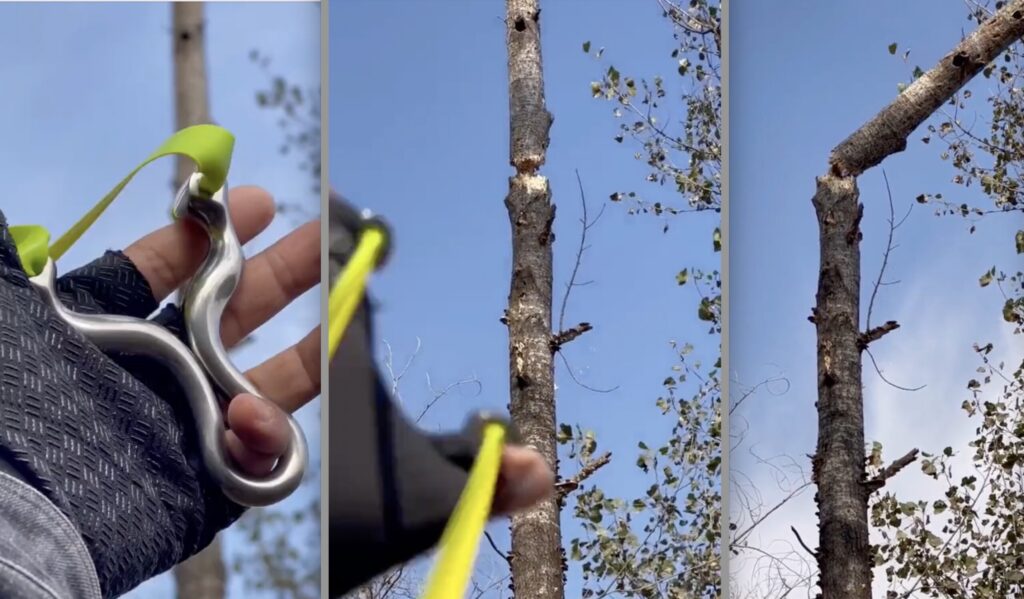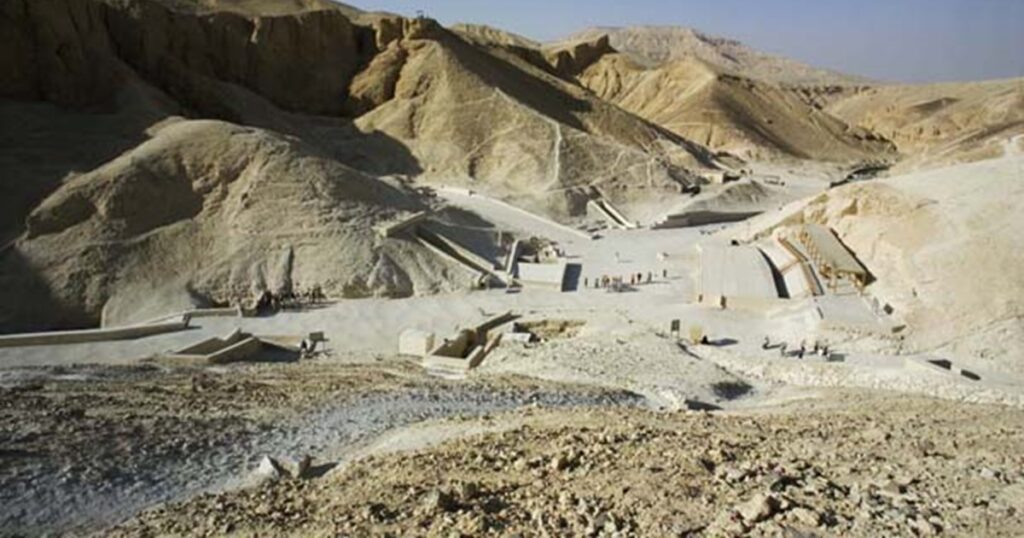
Over a century ago, a British archeologist named Howard Carter began excavations in the unforgiving Egyptian Desert with the hopes of discovering something; something that remained a mystery for many centuries: the 3400-year-old tomb of an ancient king, Tutankhamun.
The site Carter chose for this excavation project was the Valley of the Kings, which was the burial place of ancient kings for many centuries. Before Carter, several archeologists carried out excavations in the Valley. And in the process, discovered several tombs and artifacts.
But archeologists weren’t the only ones the Valley attracted. For generations, the Valley was raided by thieves, who exploited it in every way possible. So much so that when Carter arrived at the site with his men in 1917, they found themselves standing atop 30-foot piles of debris stones.

And it’s for the same reason why many archeologists questioned Carter’s sanity when news of his excavation reached them. Without exception, all of them labelled the Valley a heavily exhausted Site.
But Carter would listen to no one.
He gathered all the resources, and manpower, and for the next five years, went all in into the excavations with the support of his rich patron George Herbert, 5th Earl of Carnarvon.
Those five years were a rough period for the passionate archeologist because up until the end of it, he wouldn’t discover anything worthwhile to justify the enormous money being spent.
At one point Carnarvon lost all his hope and called Carter to inform him about the partnership break. But Carter was somehow able to talk Carnarvon out of his decision. He pointed out how some artifacts discovered by another archeologist nearby had Tutankhamun’s name inscribed on them. And that Tut must be lying somewhere underneath that place waiting to be found.
Finally, the day arrived in November 1922.
After back-breaking labor, nasty heartbreaks, and burning ₹210+ crores, it happened. A boy carrying water slipped and fell over what at first seemed like a stone. It was, of course, a stone, except it was the first stone step of the flight of stairs to the tomb.
In the weeks that followed, the stairs kept spiraling downwards reaching a distance of 26 ft. At the end of the final step, one of the workers’ picks clanked against a limestone wall. Unsure of what was inside, Carter made a tiny crack in the wall and reached a candle inside — to check if the air inside was harmless to breathe. After reassuring, he widened the crevice to look inside the chamber…
When his eyes recalibrated to the low light of the chamber, after a brief blurriness at the candlelight, he witnessed the softly illuminated objects gradually coming to life — objects that last saw light over 3400 years ago. Carnarvon asked from behind, “Can you see anything?” Almost breathless, Carter answered, “Yes… wonderful things!”
At last, the team discovered the Tomb of the 19-year-old Boy King Tutankhamun. To date, it’s the most intact tomb of a pharaoh to be ever discovered.
In the years leading up to the opening of Tut’s Coffin in 1925, over 5398 objects were found in the chambers of the tomb, including furniture, golden jewels, figurines, musical instruments, board games, war weapons, clothes, vessels, carts, and a number of other things that Tut would need in the afterlife. Almost every object inside the tomb was either made of Gold or covered with it.

Tut’s mummy lay inside three layers of coffins, with the innermost one made entirely of solid Gold and the rest wooden. Altogether, the total value of the entire collection in the tomb is estimated to be around $27 million in today’s money.
Now, it’s been a century since Carter opened that Tomb, but still, there’s been no discovery in archeology that has matched its magnitude. Nothing ever has remotely come close to that.
Doesn’t this story sound ridiculous to you in a way? How delusional someone should be to continue digging for five straight years despite seeing no evidence of progress?
On top of it all, Carter or nobody knew whether the Valley of Kings was exactly where Tut’s tomb was located. They just went with their hunch. Five whole years and hundreds of crores would have been for nothing if the hunch turned out to be wrong. Carter knew this. But still, he took that leap of faith and persevered.
If Carter’s mental strength and confidence are one thing, the faith Carnarvon had in Carter is everything. I couldn’t understand the logic behind Carnovan’s decision. Why would someone in their right mind bet a ridiculous amount of money on something that was just a theory with little to no evidence? What if Tut was never buried in the valley? Is it because Carter was a better salesman or was it Carnorvan’s conviction that had him pouring money regardless? We know not.
But it’s their combined belief, intuition, and effort that made this ultimate discovery possible.
It’s easy to get discouraged when you don’t see the results early on. But despite that, if you trust your guts, believe in your skills, and keep putting in the work.. one day you will find your own version of Tut’s treasures.
So keep digging. For if you never dig, you will never know.
Until Next Week,
Akash Chinnaiah
Don’t miss out on my Biweekly newsletter. Subcribe here to get them delivered directly to you inbox.

Leave a Reply